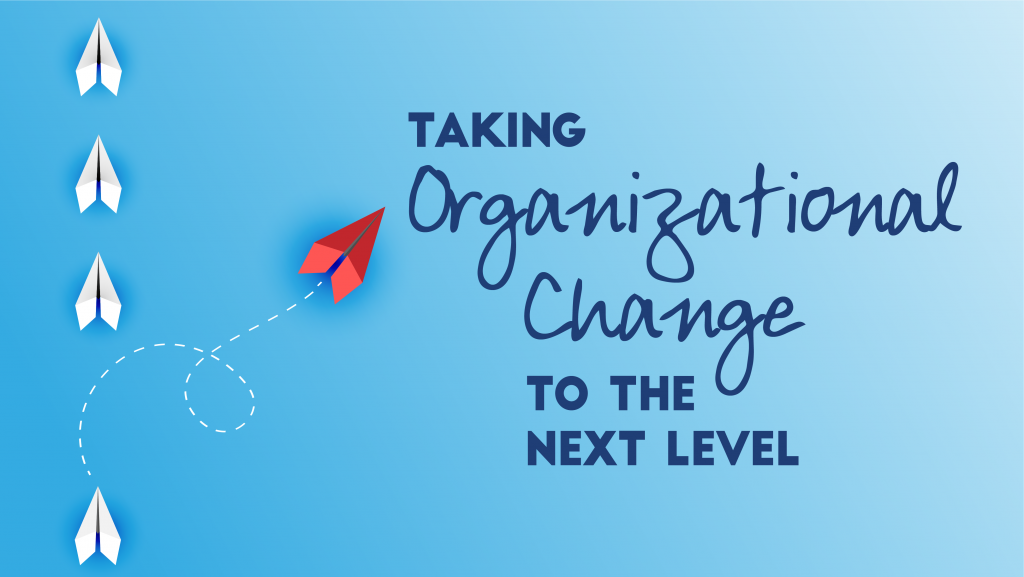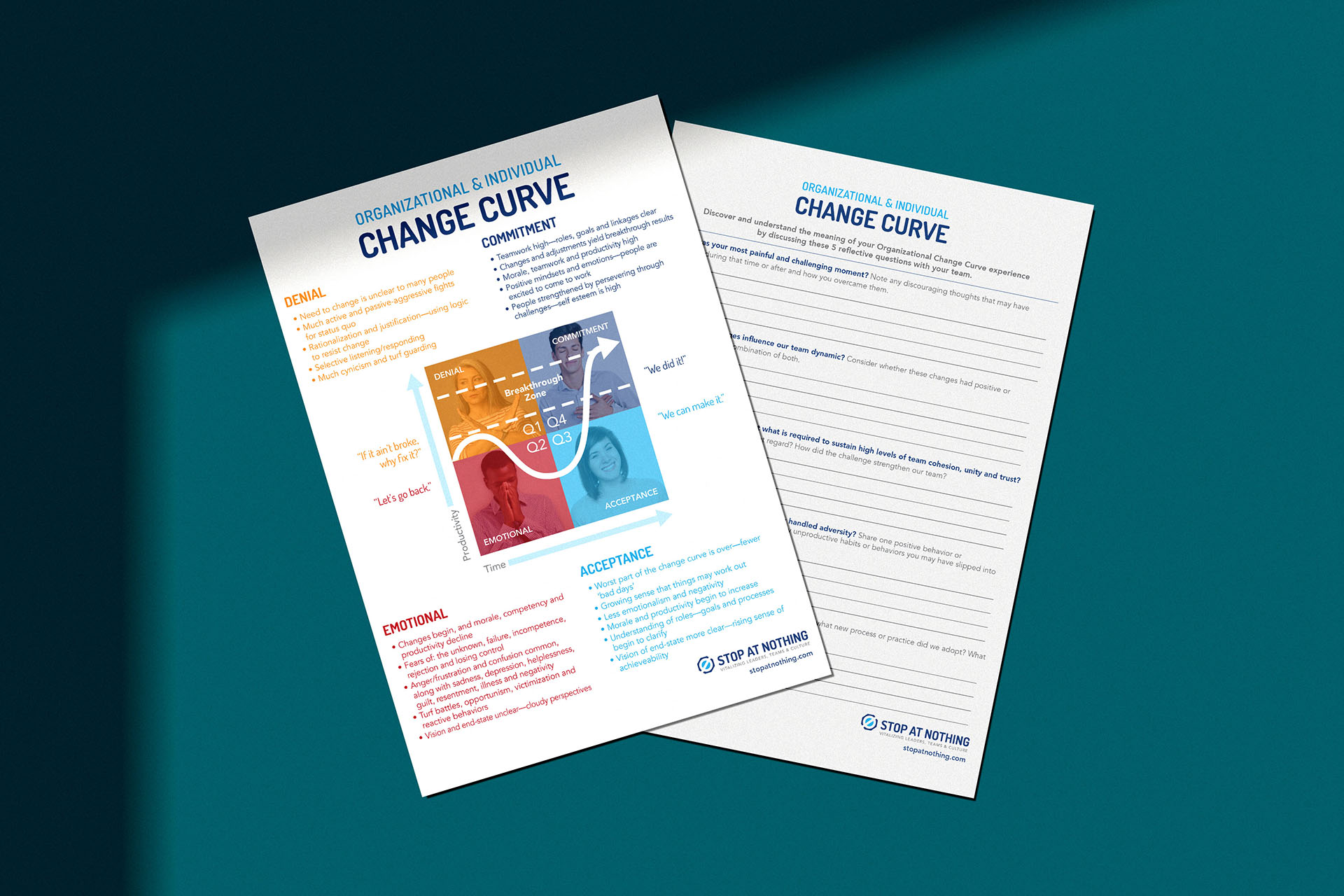By Ted Powell – January 2021
To get the most out of this article and the concepts referenced, be sure to read Ted’s 2014 blog post “The Four Stages of Organizational Change”. Ted provides 5 reflective questions to drive positive organizational growth and change during challenging times.

Back in 2014, I wrote a blog post entitled “The Four Stages of Organizational Change”. This writing has reached more readers than any blog post in our history. Truthfully speaking, this achievement was driven more by luck than writing skill. At the time, people were hungry for change guidance, and the title happened to activate search optimization triggers. The model itself was something created and refined by all of my business partners over time.
Fast forward to the present. Our clients still use this tool to help employees navigate change with resilience and awareness. The pandemic provoked more dramatic and profound lifestyle and economic changes than any time in my life. During this time, many clients have used the tool to inspire “real talk” regarding the pandemic’s effect on productivity, morale and work/life balance. Allowing people to share their Quadrant 2, Emotional Stage, thoughts and feelings supports the letting go of fear-driven reactions, so the team can focus on healthy “present moment” responses to the challenge.
Now is a good time to use Stop At Nothing’s Organizational and Individual Change Curve worksheet to check in with your team.
I’ve come to realize that there is a 5th stage in the process, and that is to discover and understand the meaning of our experience. We do this by asking ourselves, “what did we learn from the experience, and how do we integrate the lessons to become stronger, wiser and more resilient?” Wisdom does not naturally come with age, unless we take time to examine our life experiences.
For some, the lesson is a renewed appreciation for how adversity disrupts the status quo, and forces or accelerates a needed innovation. One of my retail-oriented clients had resisted full adoption of an online sales channel, out of a fear that it would replace their heavy investment in brick and mortar infrastructure. They were forced to upgrade their web-based sales channel. They discovered that customers were more satisfied when they could make a buying decision using both channels. Sales increased, and they had the best month in their company’s history, despite being in the heat of a pandemic.
Here is the catch — they did not fully recognize this “learning” until they came together and purposefully asked themselves, “what did we learn and how do we carry that forward?” They had to slow down and reflect. I frequently remind clients of the value in debriefing a team’s change management experience before rolling into the next one. Celebrating success and lessons learned do not occur by accident.
My call-to-action: Devote some time with your team to share experiences on how the pandemic-related changes impacted the company. Use the change curve tool to provoke honest and insightful commentary. Celebrate the acts of perseverance demonstrated and remember to focus on the 5th stage — what did we learn and how can we carry those learnings forward.
I’d like to share 5 effective questions you can use to promote a robust and healthy discussion:
- What was your most painful and challenging moment? Note any discouraging thoughts that may have occurred during that time or after and how you overcame them.
- How did rapid changes influence our team dynamic? Consider whether these changes had positive or negative effects, or a combination of both.
- What did the shift teach us about what is required to sustain high levels of team cohesion, unity and trust? How was the team challenged in that regard? How did the challenge strengthen our team?
- What did you learn about how you personally handled adversity? Share one positive behavior or characteristic you demonstrated. Also identify any unproductive habits or behaviors you may have slipped into that you would want to watch out for in the future.
- Did the change “force” us to do anything differently? If so, what new process or practice did we adopt? What was the impact?

